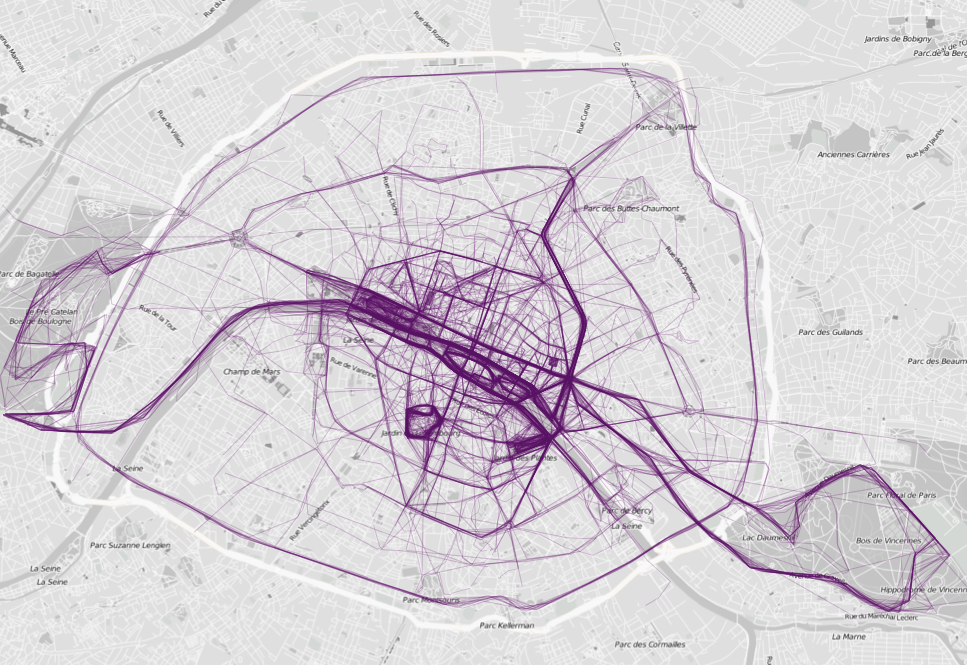This week has seen the annual Mobile World Congress event taking place in Barcelona. The biggest event of the year for mobile device manufacturers, this year many companies brought along their wearable technology devices to show off to the crowds.
We’ll hopefully have some hands-on reviews to bring you soon, but in the meantime, please find a selection of the best from the show below!
Samsung Gear 2

Availability and pricing: April, pricing TBD
Compatibility: “Dozens” of Samsung Galaxy devices
What Is It? The Samsung Gear 2 is a smartwatch that can display notifications from your smartphone on your wrist. It also has fitness tracking capabilities with pedometer functions and a built-in heart-rate sensor. Unlike the company’s first smartwatch, the Galaxy Gear, the Gear 2 is based on the Tizen platform, not Android.
The Good: The Gear 2 now has a built-in heart sensor. It is lighter and thinner than the Galaxy Gear and feels better on the wrist. You can also swap the bands with any standard 22mm watch strap. Battery life is now extended from one day to two to three days.
The Bad: Only compatible with Galaxy devices. It’s also still rather bulky.
Samsung Gear 2 Neo

Availability and pricing: April, pricing TBD
Compatibility: “Dozens” of Samsung Galaxy phones
What Is It? The Gear 2 Neo is similar to the Gear 2, but lacks a camera. It’s also made from polycarbonate plastic rather than metal, thus lighter than the Gear 2.
The Good: Though pricing has not been announced, it will be cheaper than the Gear 2.
The Bad: Only compatible with Galaxy devices.
Samsung Gear Fit

Availability and pricing: April, pricing TBD
Compatibility: Samsung Galaxy devices
What Is It? Unlike the Gear 2 watches, the Gear Fit’s primary function is that of a fitness tracker. It includes a heart-rate sensor, pedometer and sleep tracker. The wristband can still display notifications from your phone, but there is no built-in mic for calls or a camera. The Gear Fit runs on a real-time operating system, not Tizen or Android.
The Good: The 1.84-inch Super AMOLED is absolutely gorgeous. The wristband is lightweight and comfortable to wear, and the curved display rests nicely on the wrist.
The Bad: Limited app ecosystem. Only compatible with Galaxy devices.
Huawei TalkBand B1

Availability and pricing:Q2, 99 Euros (around $135 U.S.)
Compatibility: Android (2.3 or higher) and iOS (5.0 or higher) devices
What Is It? The TalkBand B1 is an interesting device, as it combines a fitness tracker with a Bluetooth headset. As a fitness band, it has a 1.4-inch non-touch OLED display and tracks steps taken, calories burned and hours slept. But then you can pop the main piece out of the rubber strap and use it as a Bluetooth headset to take calls.
The Good: The hybrid design helps minimize the number of gadgets you have to carry. The strap has an integrated USB connector for easy charging.
The Bad: The integrated Bluetooth headset design makes it a bit thick up top. The band is also very difficult to put on, and the two-prong fastener doesn’t feel terribly secure.
Sony SmartBand

Availability and pricing:March, 99 Euros (around $135 U.S.)
Compatibility: Android 4.4 devices
What Is It? Aside from tracking the standard fitness measurements and alerting you to phone notifications, the SmartBand was designed to help chronicle your daily life. Using a companion smartphone app called Lifelog, you can press a button on the band to create a “life bookmark” and it will remember where you were, who you were with, photos taken and blips of information from that place and time. All that data is then recorded in the app in a sort of visual journal.
The Good: The SmartBand has a very minimalistic and comfortable design.
The Bad: It lacks any kind of display, so you still have to pull out your smartphone to view your notifications and check your fitness stats.
[All content taken from The Verge]















